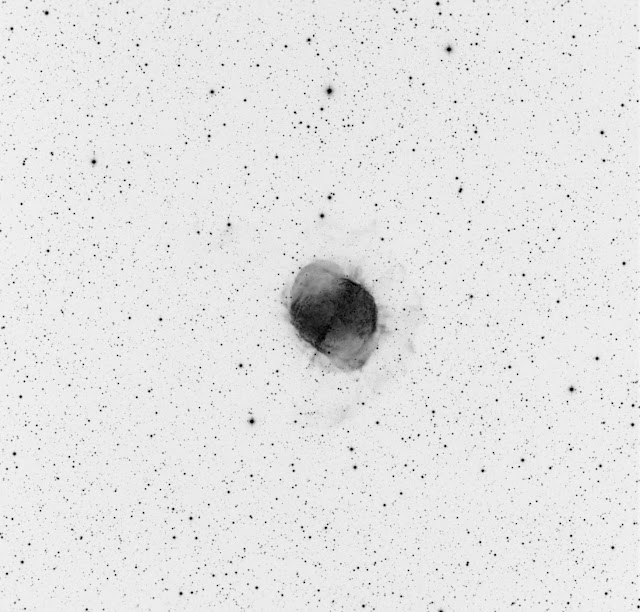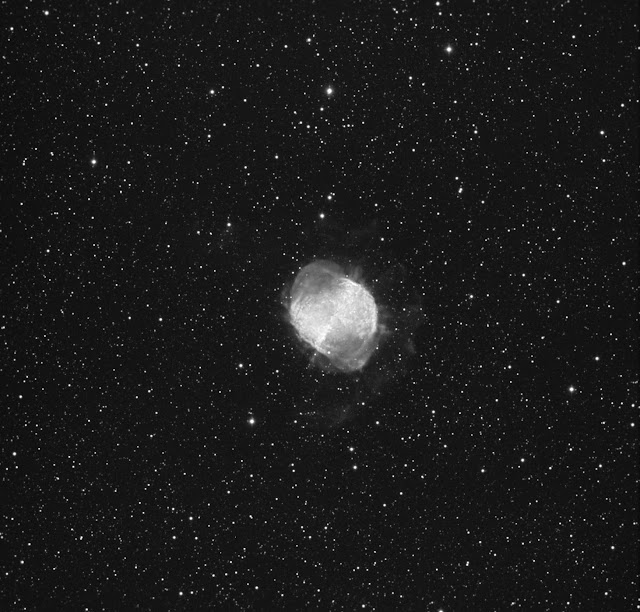The spiral galaxy NGC 7331, in Pegasus, can be seen with small telescopes under dark skies as a faint fuzzy spot. It is an island universe similar to our own Galaxy (or maybe somewhat larger) and placed at a distance of 50 million light-years. NGC 7331 was discovered by Wilhelm Herschel in 1784
Stephan's Quintet in the constellation Pegasus is the first identified compact galaxy group of five galaxies about 300 million light-years away. The group was discovered by Édouard Stephan in 1877 at Marseilles Observatory. The group is the most studied of all the compact galaxy groups.
Recent infrared observations made with NASA's Spitzer Space Telescope have revealed the presence of a huge intergalactic shock wave, or "sonic boom" in the middle of Stephan's Quintet. This discovery, made by an international research team including scientists from the Max Planck Institute for Nuclear Physics (MPIK) in Heidelberg, provides a local view of what might have been going on in the early universe, when vast mergers and collisions between galaxies were commonplace.
Instruments and exposure data
W.O FLT110 with dedicated TMB field flattener and Feather Touch 3'' focuser
SBIG ST10XME CFW9
Starizona MicroTouch autofocuser
EQ6
Baader RGB filters
Luminance: 74*8min(bin1x1) total 9h52min
21-22/8/2010_17-19/9/2010
Red: 11*5min(bin1x1) Green: 11x5min(bin1x1) Blue: 18x5min(bin1x1) total 3h20min
FWHM: 3.41’’-4.89’’
Kallithea Athens Hellas
Aφιερωμένη στον αγαπητό μου φίλο Γιάννη Ελευθεριάδη!!!
Γιάννη άργησα 2 μήνες αλλά πιστεύω το αποτέλεσμα να σου αρέσει...
Anacortes Image of the Day 3-10-2010
Anacortes Image of the Day 3-10-2010












60.jpg)










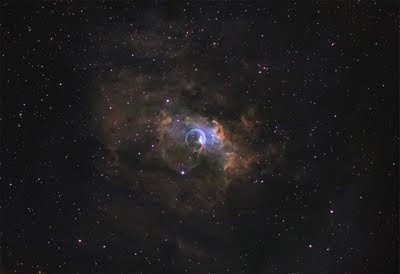
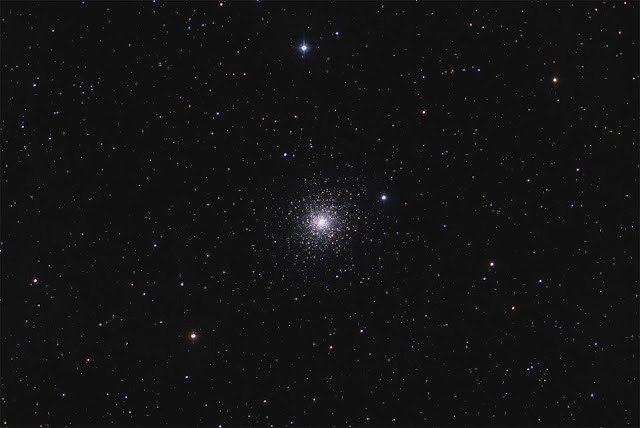
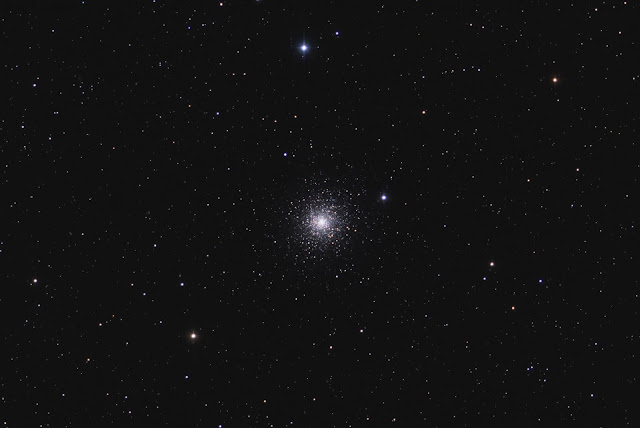
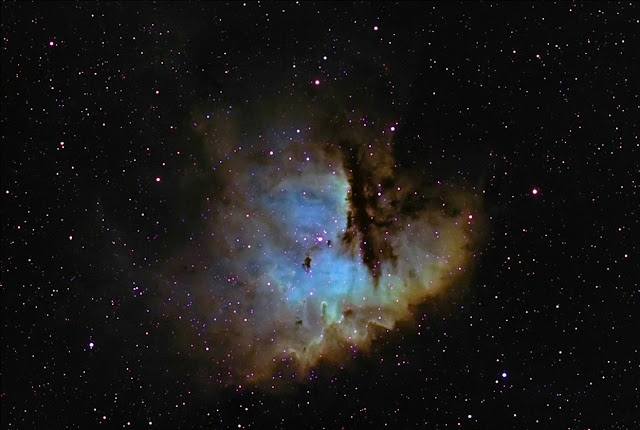
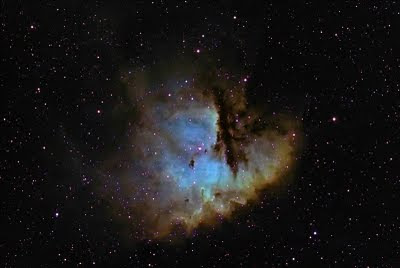
GBcopy3-68%25.jpg)
GB.jpg)


